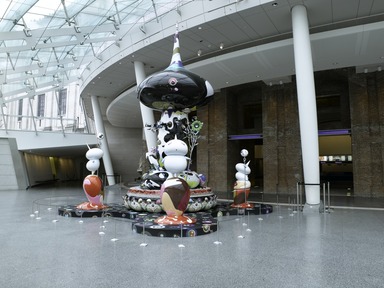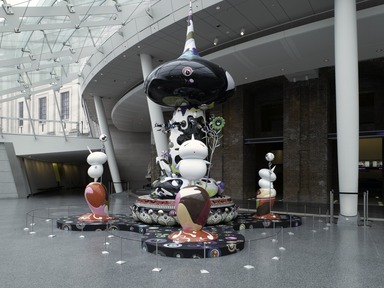

© Murakami, April 05, 2008 through July 13, 2008 (Image: DIG_E2008_murakami_001_PS2.jpg Brooklyn Museum photograph, 2008)

© Murakami, April 05, 2008 through July 13, 2008 (Image: DIG_E2008_murakami_002_PS2.jpg Brooklyn Museum photograph, 2008)
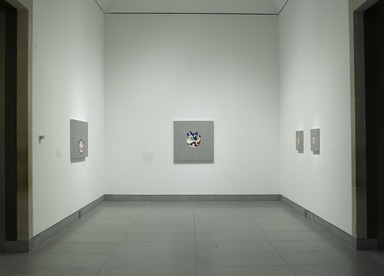
© Murakami, April 05, 2008 through July 13, 2008 (Image: DIG_E2008_murakami_003_PS2.jpg Brooklyn Museum photograph, 2008)

© Murakami, April 05, 2008 through July 13, 2008 (Image: DIG_E2008_murakami_004_PS2.jpg Brooklyn Museum photograph, 2008)
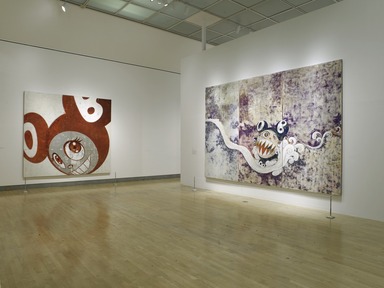
© Murakami, April 05, 2008 through July 13, 2008 (Image: DIG_E2008_murakami_005_PS2.jpg Brooklyn Museum photograph, 2008)

© Murakami, April 05, 2008 through July 13, 2008 (Image: DIG_E2008_murakami_006_PS2.jpg Brooklyn Museum photograph, 2008)
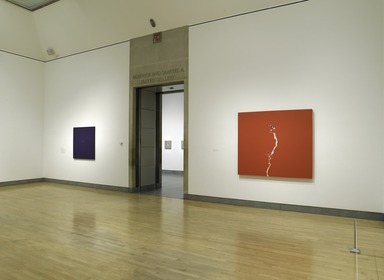
© Murakami, April 05, 2008 through July 13, 2008 (Image: DIG_E2008_murakami_007_PS2.jpg Brooklyn Museum photograph, 2008)
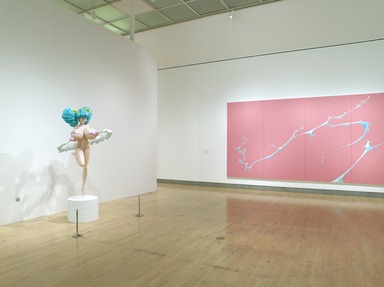
© Murakami, April 05, 2008 through July 13, 2008 (Image: DIG_E2008_murakami_008_PS2.jpg Brooklyn Museum photograph, 2008)
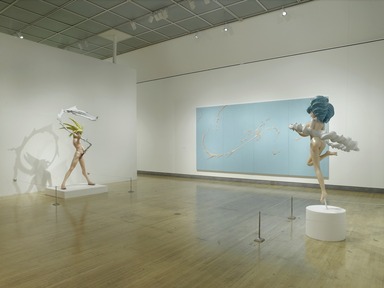
© Murakami, April 05, 2008 through July 13, 2008 (Image: DIG_E2008_murakami_009_PS2.jpg Brooklyn Museum photograph, 2008)
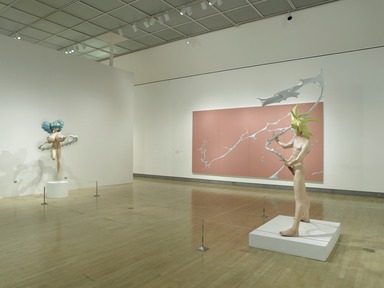
© Murakami, April 05, 2008 through July 13, 2008 (Image: DIG_E2008_murakami_010_PS2.jpg Brooklyn Museum photograph, 2008)
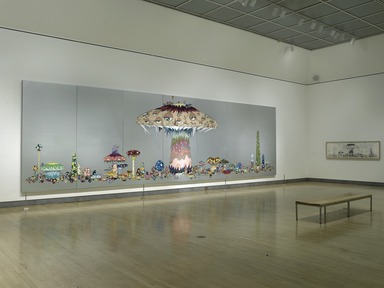
© Murakami, April 05, 2008 through July 13, 2008 (Image: DIG_E2008_murakami_011_PS2.jpg Brooklyn Museum photograph, 2008)
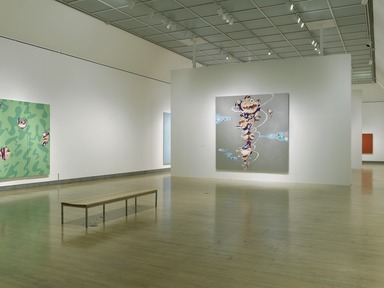
© Murakami, April 05, 2008 through July 13, 2008 (Image: DIG_E2008_murakami_012_PS2.jpg Brooklyn Museum photograph, 2008)
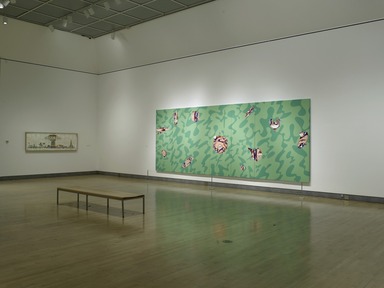
© Murakami, April 05, 2008 through July 13, 2008 (Image: DIG_E2008_murakami_013_PS2.jpg Brooklyn Museum photograph, 2008)
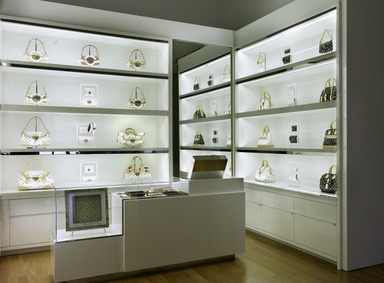
© Murakami, April 05, 2008 through July 13, 2008 (Image: DIG_E2008_murakami_014_PS2.jpg Brooklyn Museum photograph, 2008)
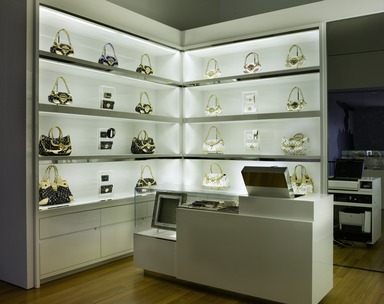
© Murakami, April 05, 2008 through July 13, 2008 (Image: DIG_E2008_murakami_015_PS2.jpg Brooklyn Museum photograph, 2008)
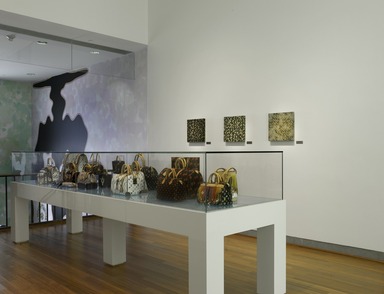
© Murakami, April 05, 2008 through July 13, 2008 (Image: DIG_E2008_murakami_016_PS2.jpg Brooklyn Museum photograph, 2008)
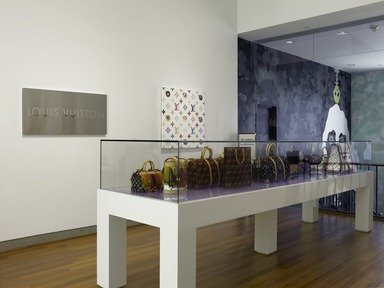
© Murakami, April 05, 2008 through July 13, 2008 (Image: DIG_E2008_murakami_017_PS2.jpg Brooklyn Museum photograph, 2008)
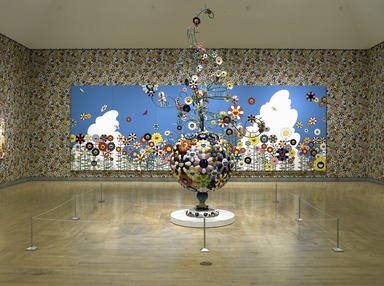
© Murakami, April 05, 2008 through July 13, 2008 (Image: DIG_E2008_murakami_018_PS2.jpg Brooklyn Museum photograph, 2008)
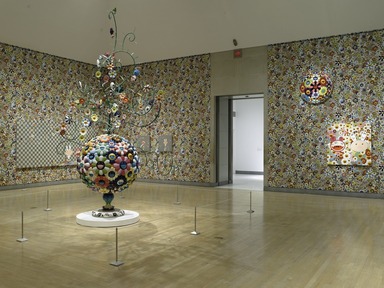
© Murakami, April 05, 2008 through July 13, 2008 (Image: DIG_E2008_murakami_019_PS2.jpg Brooklyn Museum photograph, 2008)

© Murakami, April 05, 2008 through July 13, 2008 (Image: DIG_E2008_murakami_020_PS2.jpg Brooklyn Museum photograph, 2008)
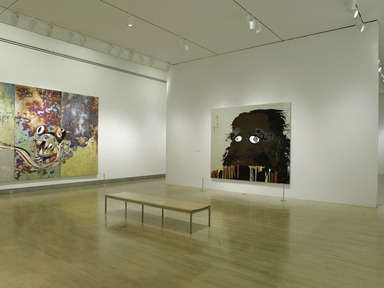
© Murakami, April 05, 2008 through July 13, 2008 (Image: DIG_E2008_murakami_021_PS2.jpg Brooklyn Museum photograph, 2008)
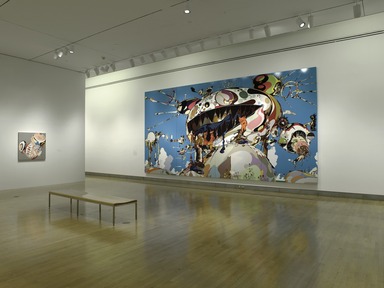
© Murakami, April 05, 2008 through July 13, 2008 (Image: DIG_E2008_murakami_022_PS2.jpg Brooklyn Museum photograph, 2008)
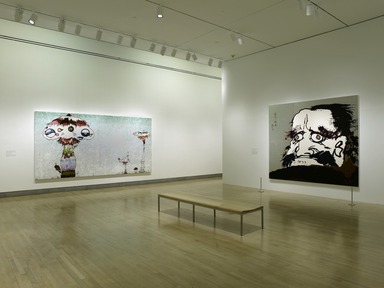
© Murakami, April 05, 2008 through July 13, 2008 (Image: DIG_E2008_murakami_023_PS2.jpg Brooklyn Museum photograph, 2008)
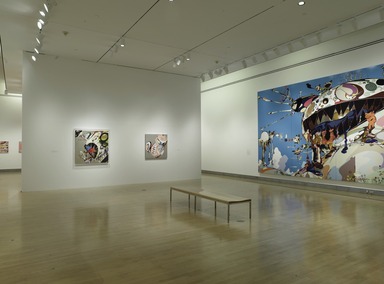
© Murakami, April 05, 2008 through July 13, 2008 (Image: DIG_E2008_murakami_024_PS2.jpg Brooklyn Museum photograph, 2008)

© Murakami, April 05, 2008 through July 13, 2008 (Image: DIG_E2008_murakami_025_PS2.jpg Brooklyn Museum photograph, 2008)

© Murakami, April 05, 2008 through July 13, 2008 (Image: DIG_E2008_murakami_026_PS2.jpg Brooklyn Museum photograph, 2008)

© Murakami, April 05, 2008 through July 13, 2008 (Image: DIG_E2008_murakami_027_PS2.jpg Brooklyn Museum photograph, 2008)

© Murakami, April 05, 2008 through July 13, 2008 (Image: DIG_E2008_murakami_028_PS2.jpg Brooklyn Museum photograph, 2008)
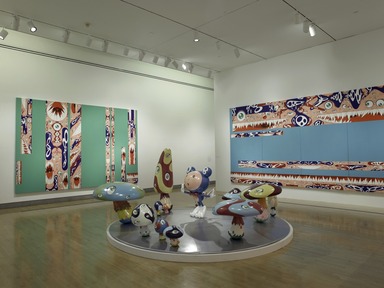
© Murakami, April 05, 2008 through July 13, 2008 (Image: DIG_E2008_murakami_029_PS2.jpg Brooklyn Museum photograph, 2008)
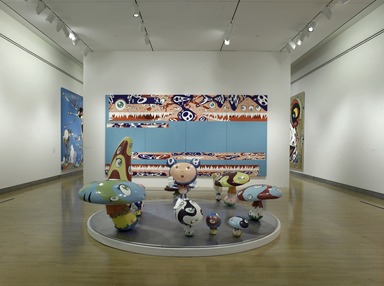
© Murakami, April 05, 2008 through July 13, 2008 (Image: DIG_E2008_murakami_030_PS2.jpg Brooklyn Museum photograph, 2008)
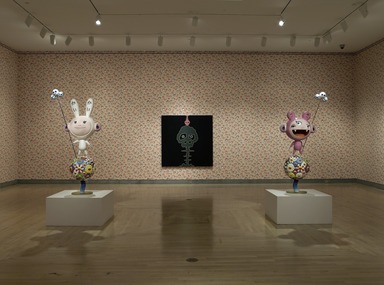
© Murakami, April 05, 2008 through July 13, 2008 (Image: DIG_E2008_murakami_031_PS2.jpg Brooklyn Museum photograph, 2008)

© Murakami, April 05, 2008 through July 13, 2008 (Image: DIG_E2008_murakami_032_PS2.jpg Brooklyn Museum photograph, 2008)
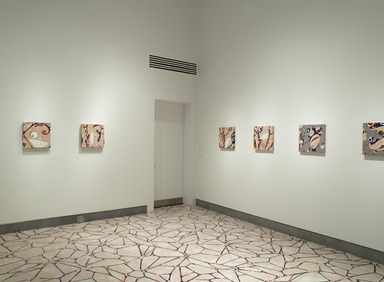
© Murakami, April 05, 2008 through July 13, 2008 (Image: DIG_E2008_murakami_033_PS2.jpg Brooklyn Museum photograph, 2008)

© Murakami, April 05, 2008 through July 13, 2008 (Image: DIG_E2008_murakami_034_PS2.jpg Brooklyn Museum photograph, 2008)
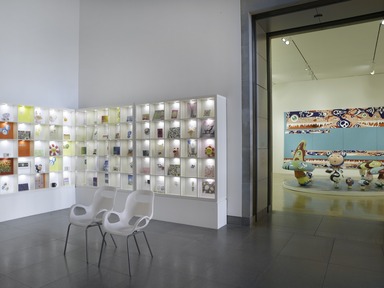
© Murakami, April 05, 2008 through July 13, 2008 (Image: DIG_E2008_murakami_035_PS2.jpg Brooklyn Museum photograph, 2008)
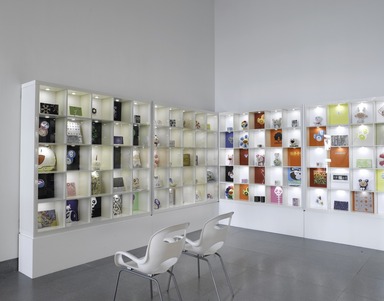
© Murakami, April 05, 2008 through July 13, 2008 (Image: DIG_E2008_murakami_036_PS2.jpg Brooklyn Museum photograph, 2008)
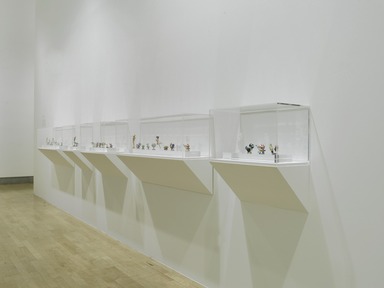
© Murakami, April 05, 2008 through July 13, 2008 (Image: DIG_E2008_murakami_037_PS2.jpg Brooklyn Museum photograph, 2008)
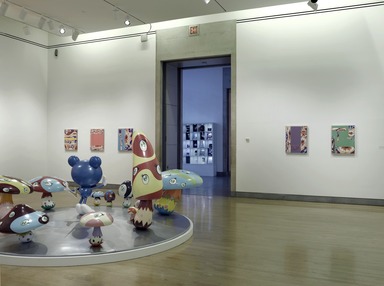
© Murakami, April 05, 2008 through July 13, 2008 (Image: DIG_E2008_murakami_038_PS2.jpg Brooklyn Museum photograph, 2008)

© Murakami, April 05, 2008 through July 13, 2008 (Image: DIG_E2008_murakami_039_PS2.jpg Brooklyn Museum photograph, 2008)
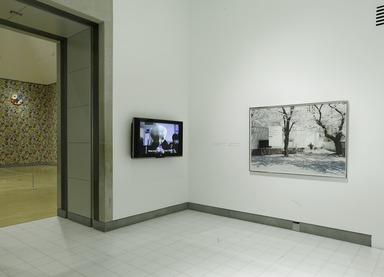
© Murakami, April 05, 2008 through July 13, 2008 (Image: DIG_E2008_murakami_040_PS2.jpg Brooklyn Museum photograph, 2008)

© Murakami, April 05, 2008 through July 13, 2008 (Image: DIG_E2008_murakami_041_PS2.jpg Brooklyn Museum photograph, 2008)
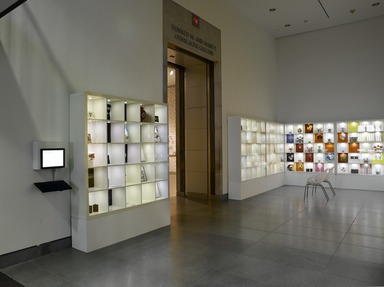
© Murakami, April 05, 2008 through July 13, 2008 (Image: DIG_E2008_murakami_042_PS2.jpg Brooklyn Museum photograph, 2008)

© Murakami, April 05, 2008 through July 13, 2008 (Image: DIG_E2008_murakami_043_PS2.jpg Brooklyn Museum photograph, 2008)

© Murakami, April 05, 2008 through July 13, 2008 (Image: DIG_E2008_murakami_044_PS2.jpg Brooklyn Museum photograph, 2008)

© Murakami, April 05, 2008 through July 13, 2008 (Image: DIG_E2008_murakami_045_PS2.jpg Brooklyn Museum photograph, 2008)

© Murakami, April 05, 2008 through July 13, 2008 (Image: DIG_E2008_murakami_046_PS2.jpg Brooklyn Museum photograph, 2008)

© Murakami, April 05, 2008 through July 13, 2008 (Image: DIG_E2008_murakami_047_Dharma_PS2.jpg Brooklyn Museum photograph, 2008)

© Murakami, April 05, 2008 through July 13, 2008 (Image: DIG_E2008_murakami_048_The_Secret_of_KaiKai_PS2.jpg Brooklyn Museum photograph, 2008)

© Murakami, April 05, 2008 through July 13, 2008 (Image: DIG_E2008_murakami_049_Kanye_West_Good_Morning_PS2.jpg Brooklyn Museum photograph, 2008)
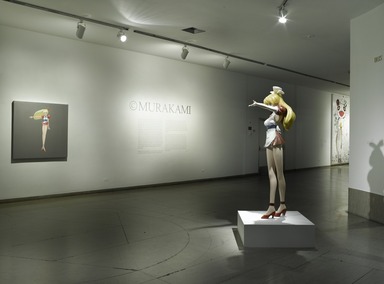
© Murakami, April 05, 2008 through July 13, 2008 (Image: DIG_E2008_murakami_050_PS2.jpg Brooklyn Museum photograph, 2008)

© Murakami, April 05, 2008 through July 13, 2008 (Image: DIG_E2008_murakami_051_PS2.jpg Brooklyn Museum photograph, 2008)

© Murakami, April 05, 2008 through July 13, 2008 (Image: DIG_E2008_murakami_052_PS2.jpg Brooklyn Museum photograph, 2008)
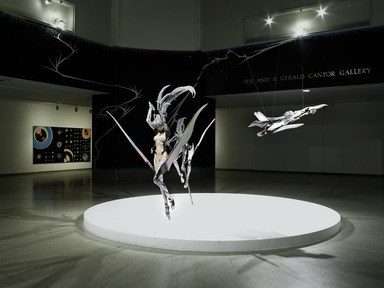
© Murakami, April 05, 2008 through July 13, 2008 (Image: DIG_E2008_murakami_053_PS2.jpg Brooklyn Museum photograph, 2008)
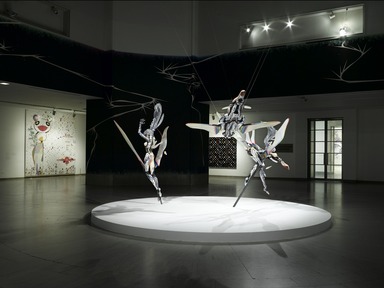
© Murakami, April 05, 2008 through July 13, 2008 (Image: DIG_E2008_murakami_054_PS2.jpg Brooklyn Museum photograph, 2008)
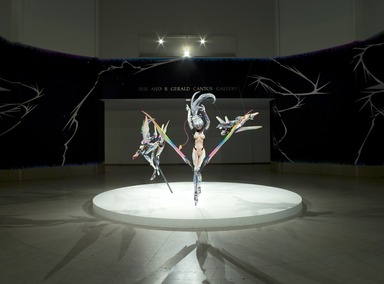
© Murakami, April 05, 2008 through July 13, 2008 (Image: DIG_E2008_murakami_055_PS2.jpg Brooklyn Museum photograph, 2008)
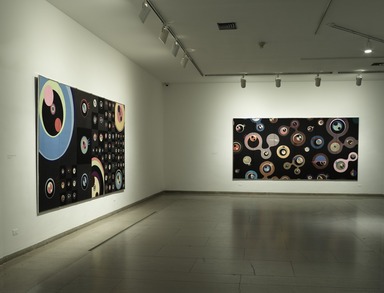
© Murakami, April 05, 2008 through July 13, 2008 (Image: DIG_E2008_murakami_056_PS2.jpg Brooklyn Museum photograph, 2008)
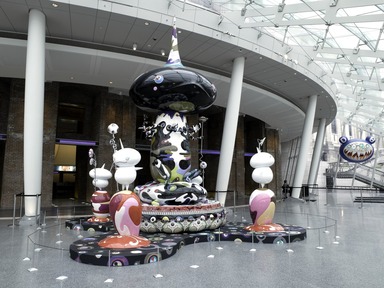
© Murakami, April 05, 2008 through July 13, 2008 (Image: DIG_E2008_murakami_057_PS2.jpg Brooklyn Museum photograph, 2008)
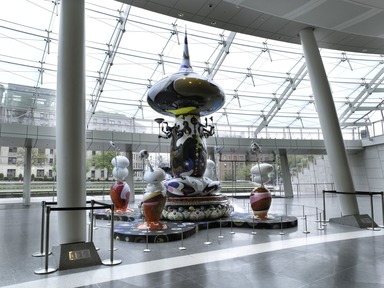
© Murakami, April 05, 2008 through July 13, 2008 (Image: DIG_E2008_murakami_058_PS2.jpg Brooklyn Museum photograph, 2008)
© Murakami
-
©MUKARAMI
One of the most influential and acclaimed artists to have emerged from Asia in the late twentieth century, Takashi Murakami (b. Tokyo 1962) blends fine art and mass culture in order to blur boundaries between cultural genres and dissolve the hierarchies into which they are often organized. Observing in the history of Japanese art a lack of distinction between “high” and “low,” especially as compared to that of the West, Murakami theorized an aesthetic of “Superflat,” which he ascribes to traditional Japanese painting as well as to contemporary anime (animation), manga (comic books), and his own work. He uses Superflat to allude not only to the plane that high and low culture share in Japan, but also to the prevalence of two-dimensionality throughout a range of Japanese artistic disciplines, where perspective is distorted or compressed to achieve a flat overall pattern of colors and shapes. Murakami asserts flatness as having already existed in the past and continuing to exist—now also a manifestation of what he regards as Japan’s “infantile capitalist condition in the postwar era.”
Murakami was formally trained in nihonga painting, a style focused on traditional Japanese techniques and subject matter, and he continues to draw on early sources ranging from Buddhist imagery, twelfth-century picture scrolls, Zen painting, and eighteenth-century Edo period compositional techniques to render his own brand of pop-culture imagery. His oeuvre as a whole conveys a magical realm in which characters including Cosmos, Kaikai, Kiki, Inochi, Oval, Mr. Pointy, and his alter ego, DOB, appear in numerous contexts and iterations, lending a narrative quality to his work.
Like many pop artists before him, Murakami elevates cartoon figures and corporate logos by positioning them in the realm of fine art. The artist goes further, however, by recasting his fine-art creations as cheap mass-produced goods such as stickers, key chains, cell-phone holders, and stuffed animals. As CEO of his own company, Kaikai Kiki Co., Ltd., he is involved at all levels of production, from paintings to plastic figures. The concept of copyright itself holds an exalted position within Murakami’s practice, rooted in the acknowledgment of his work as simultaneously interweaving deeply personal expression, high art, mass culture, and commerce.
-
March 4, 2008
The most comprehensive retrospective to date of the work of internationally acclaimed Japanese artist Takashi Murakami will be presented at the Brooklyn Museum from April 5 through July 13, 2008. The exhibition © MURAKAMI, will include more than ninety works in various media that span the artist’s entire career, installed in more than 18,500 square feet of gallery space.
The exhibition was organized by The Museum of Contemporary Art in Los Angeles, where it will be on view through February 11, 2008. Following the Brooklyn presentation, which will be the only other United States venue, © MURAKAMI will travel to the Museum für Moderne Kunst, Frankfurt (October 27, 2008-January 4, 2009) and the Guggenheim Museum Bilbao (February-May 2009).
Born in Tokyo in 1962, Murakami is one of the most influential and acclaimed artists to have emerged from Asia in the late twentieth century, creating a wide-ranging body of work that consciously bridges fine art, design, animation, fashion, and popular culture. He received a Ph.D. from the prestigious Tokyo National University of Fine Arts and Music, where he was trained in the school of traditional Japanese painting known as Nihonga, a nineteenth-century mixture of Western and Eastern styles. However, the prevailing popularity of anime (animation) and manga (comic books) directed his interest toward the art of animation because, as he has said, “it was more representative of modern day Japanese life.” American popular culture in the form of animation, comics, and fashion are among the influences his work which includes painting, sculpture, installation, and animation, as well as a wide range of collectibles, multiples, and commercial products.
Navigating between Japanese and American culture, Takashi Murakami blends the bright palette of pop, the flatness of anime, and the ominous dreams of surrealism. Drawing upon Japan’s traditional lack of hierarchical distinction between fine art and craft, he has moved toward creating a new paradigm where synergies between fine art and pop culture create a new art form.
Like that of Andy Warhol or Jeff Koons, Murakami’s canon, as well as his life, is referential of pop culture. His firm Kaikai Kiki, a name taken from the Japanese words for “bizarre” and “elegant”, is based in Tokyo, Saitama, and New York. It has evolved into a highly complex corporation that assists in the production of Murakami’s work, represents a stable of young artists, sponsors a Tokyo art fair, produces and promotes merchandise ranging from soccer balls to sticker sets, and develops collaborative projects.
The exhibition ©MURAKAMI explores the self-reflexive nature of Murakami’s oeuvre by focusing on earlier work produced between 1992 and 2000 in which the artist attempts to explore his own reality through an investigation of branding and identity, as well as through self-portraiture created since 2000. Two works examining these subjects were a part of a group show My Reality: Contemporary Art and the Culture of Japanese Animation, presented at the Brooklyn Museum in 2001.
In 1993, in a continuing project to brand his own identity, Murakami created an alter ego named DOB, whose name was taken from a line made famous by the late Japanese comedian Yuri Toru that asked the existential question: Dobojite dobojite?, or (Why? Why?) As the complexities of Murakami’s examination of his own identity evolved, so did DOB, in painting and inflatable form, morphing from a strand of DNA to a balloon-like form with innocent eyes. The contrast of opposites is a recurring theme throughout Murakami’s work: Good and evil, sweetness and perversion, humor and darkness. Often work that seems bright and playful reveals a darker side upon close examination: the seemingly cheerful mushroom shapes that are ubiquitous in his work, for example, may be read as a reference to the mushroom clouds of the atomic bombs dropped on Hiroshima and Nagasaki.
Among the works included in this large-scale survey tracing the trajectory of Murakami’s artistic development are many of his acclaimed sculpture figures including the 23-foot-high Tongari-kun (2003-4); Miss Ko2 (1997), a long-legged waitress who has become one of the artist’s signature characters; Hiropon (1997), a Japanese girl jumping a rope created by milk spurting from her gargantuan breasts; DOB in the Strange Forest, in which a benign and innocent DOB figure encounters a group of menacing mushrooms; and Second Mission Project Ko2 (2007), reprising the Miss Ko2 character, now transformed into a jet airplane. Among the paintings on view will be Tan Tan Bo (2001), as well as Tan Tan Bo Puking—a.k.a. Gero Tan (2002), in which DOB has evolved into a gigantic, sharp-toothed monster, with unknown substances oozing from his mouth; Flower ball (3D) (2002), a decorative work comprising dozens of Murakami’s famous flowers; and Superflat Jellyfish Eyes 1 and 2 (2003).
Paul Schimmel, chief curator of The Museum of Contemporary Art, Los Angeles, has organized the exhibition. The Brooklyn presentation is coordinated by Deputy Director for Art Charles Desmarais and Associate Curator of Exhibitions Tumelo Mosaka. The exhibition is accompanied by a fully illustrated catalogue co-published by the Museum of Contemporary Art, Los Angeles, and Rizzoli International Publications that includes essays by writers and scholars among them Dick Hebdige, Midori Matsui, Scott Rothkopf, Paul Schimmel, and Mika Yoshitake.
In his essay Mr. Schimmel writes, “Throughout his career, Murakami has mined his personal and artistic heritage, a conflicted amalgamation of Japanese, American, and European traditions. He has combined this to develop a unique aesthetic that has generated a proliferation of distinct images and icons. Murakami is an artist with the ability to plumb art history, popular culture, and corporate entities, ranging from Disney to Louis Vuitton, and an entrepreneur with the skill to promote his artistic and cultural vision to a global audience that spans a range of nationalities, social classes, and ethnicities.”
© MURAKAMI is organized by The Museum of Contemporary Art, Los Angeles.
The Brooklyn presentation is made possible by DLA piper with additional support from the Barbara and Richard Debs Exhibition fund, the Arline and Norman M. Feinberg Exhibition Fund, and the Martha A. and Robert S. Rubin Exhibition Fund.
New York Magazine is print media sponsor. Ovation TV is television sponsor.
The Los Angeles presentation was made possible by endowment support from the Sydney Irmas Exhibition Endowment.
The exhibition and publication are made possible by generous support from Maria and Bill Bell.
Major support is provided by Blum & Poe, Los Angeles. Generous additional support is provided by Steven and Alexandra Cohen; Kathi and Gary Cypres, Gagosian Gallery; Galerie Emmanuel Perrotin, Paris and Miami; The Norton Family Foundation; Dallas Price-Van Breda; Janet and Tom Unterman; Ruth and Jacob Bloom; Marianne Boesky; David Teiger; The MOCA Contemporaries; The Japan Foundation; and the E. Rhodes and Leona B. Carpenter Foundation.
About the Artist
Takashi Murakami was born in Tokyo, Japan, in 1962 and currently lives and works in both Tokyo and Long Island City, New York. In 1993 he received a Ph.D. in traditional Japanese painting from the Tokyo National University of Fine Arts and Music, where he also was granted a B.F.A. and an M.F.A. With his three-part Superflat exhibition, which debuted in 2000 and toured to major museums in the United States and Europe, he introduced Japanese artists, including cartoonists and animators, to a large international audience. His work has been the subject of many important solo museum exhibitions at institutions including the Gagosian Gallery, New York (2007); Fondazione Sandretto Re Rebaudengo, Turin, Italy (2005); Galerie Emmanuel Perrotin, Paris (2003, 2001, 1995); Museum of Fine Arts, Boston (2001); P.S. 1 Contemporary Art Center, New York (2000); Fondation Cartier pour l’art contemporain, Paris and the Serpentine Gallery, London (2002); Museum of Contemporary Art Tokyo (2001); and the Center for Curatorial Studies at Bard College (1999). Murakami has been represented in many major group exhibitions and has been the subject of numerous scholarly essays and articles.
View Original -
March 4, 2008
Takashi Murakami’s monumental, platinum-clad Oval Buddha, 2007, will be exhibited in the 590 Sculpture Garden in Manhattan. This exhibition is in conjunction with the presentation of a major retrospective of his work, © MURAKAMI, at the Brooklyn Museum from April 5 through July 13, 2008. Because of its enormous scale, it is not possible for the 6,613 pound, 18 1/2 foot-tall sculpture to be included in the Brooklyn exhibition, but arrangements were made for the 590 Sculpture Garden presentation to coincide with this largest survey to date of the work of the internationally acclaimed Japanese artist.
The towering work depicts a Janus-faced Oval, one of the artist’s signature characters, seated in a meditative lotus position. Combining traditional Japanese techniques and imagery with several of Murakami’s motifs, Oval Buddha reflects the artist’s evolving body, mind, and spirit and his continuing exploration of his cultural, national, religious, and artistic reality.
First conceived in 1999 when Murakami was asked to create an iconic figure for a line of Issey Miyake t-shirts, the Oval character was subsequently utilized in a variety of different works. Like many of the artist’s other creatures, it has metamorphosed in many applications, culminating in Oval Buddha, which combines the artist’s distinct iconography with traditional Buddhist motifs. Wearing a goatee similar to that of the artist, Oval Buddha features a frog like mouth, round potbelly, sagging chest, and ghastly teeth. Bodily decay and destruction are constant themes throughout Murakami’s oeuvre, as demonstrated in the distortions of his alter ego DOB, who in paintings and inflatable form has transformed from a simple, balloon-like form to a menacing creature.
© MURAKAMI, the most comprehensive retrospective to date of the work of the internationally acclaimed Japanese artist, was organized by The Museum of Contemporary Art in Los Angeles, where it was recently on view. Oval Buddha was a part of that presentation. The Brooklyn Museum will be the only other United States venue before the exhibition travels to the Museum für Moderne Kunst, Frankfurt (October 27, 2008-January 4, 2009) and the Guggenheim Museum, Bilbao (February-May 2009).
Born in Tokyo in 1962, Murakami is one of the most influential and acclaimed artists to have emerged from Asia in the late twentieth century, creating a wide-ranging body of work that consciously bridges fine art, design, animation, fashion, and popular culture. His practice includes painting, sculpture, installation, and animation, as well as a wide range of collectibles, multiples, and commercial products. Navigating between Japanese and American culture, Takashi Murakami blends the bright palette of pop, the flatness of anime, and the ominous dreams of surrealism. Drawing upon Japan’s traditional lack of hierarchical distinction between fine art and craft, he has moved toward creating a new paradigm, where synergies between fine art and pop culture create a new art form.
Paul Schimmel, chief curator of The Museum of Contemporary Art, Los Angeles, has organized the exhibition. The Brooklyn presentation is coordinated by Deputy Director for Art Charles Desmarais and Associate Curator of Exhibitions Tumelo Mosaka.
© MURAKAMI is organized by The Museum of Contemporary Art, Los Angeles. The Brooklyn presentation is made possible by DLA Piper with additional support from the Barbara and Richard Debs Exhibition Fund, the Arline and Norman M. Feinberg Exhibition Fund and the Martha A. and Robert S. Rubin Exhibition Fund.
New York Magazine is print media sponsor. Ovation TV is television media sponsor.
The Los Angeles presentation was made possible by endowment support from the Sydney Irmas Exhibition Endowment. The exhibition and publication were made possible by generous support from Maria and Bill Bell. Major support was provided by Blum & Poe, Los Angeles. Generous additional support was provided by Steven and Alexandra Cohen; Kathi and Gary Cypres; Gagosian Gallery; Galerie Emmanuel Perrotin, Paris and Miami; The Norton Family Foundation; Dallas Price-Van Breda; Janet and Tom Unterman; Ruth and Jacob Bloom; Marianne Boesky; David Teiger; The MOCA Contemporaries; The Japan Foundation; and the E. Rhodes and Leona B. Carpenter Foundation.
View Original
